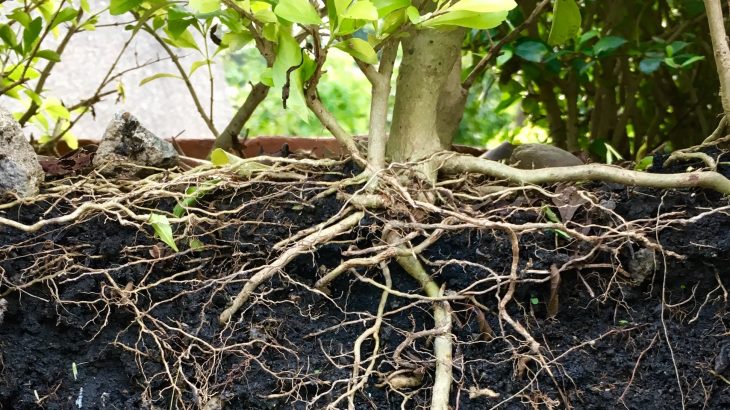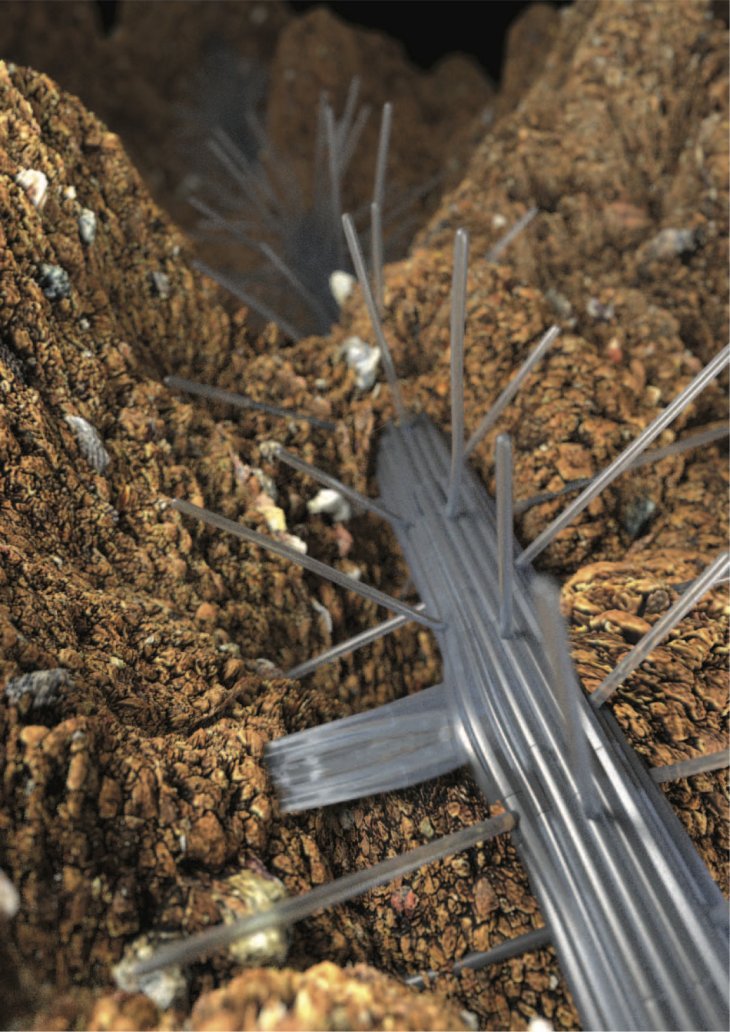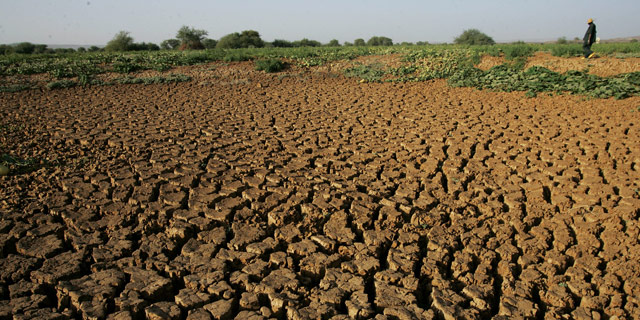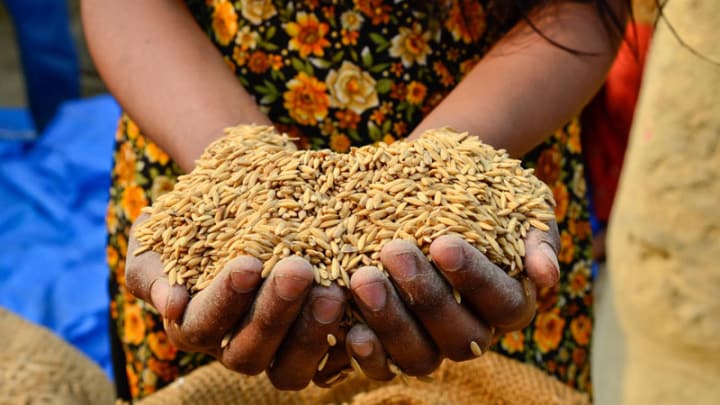New Discovery On Plants' Root Branching In Seeking Water
Anita - Jan 01, 2019

Scientists have just found out the process of roots to produce branches for seeking water in the soil.
The way that the roots of a plant spread to seek water has been discovered by researchers, which opens the door for the development of security in food in regions with low rainfall.
In particular, the latest study showed the plants’ method to feel the soil’s moisture in order to change their root shapes for the optimal process of getting water. Seedlings sector could introduce science to respond to the context of changing climate like low rainfall.
This new finding could open the door to achieving the goal of a food security situation in dry and arid areas. It is known that Nottingham University, in coordination with Durham University carried out this study.
Roots produce branches only when feeling the moisture
As a plant’s part, roots play a role in absorbing water and taking in nutritious substances underground. Water is an indispensable nutrient for the development of plants.
The process, however, becomes increasingly challenging in the context of climate change leading to the low rainfall on average.
People have previously learned that the structure of roots changed to adapt for the optimal moisture acquisition. However, how this process takes place has been a mysterious thing so far.
Master gene deactivated in the harsh environment

When a root feels the presence of moisture in the soil, it produces branches, which is called “hydropatterning.”
Nottingham University’s Prof. Malcolm Bennett, Duraham University’s Biosciences Department’s Prof. Ari Sadanandom, heads of the research, have found out that ARF7 is the branching master gene for controlling hydropatterning.
Accordingly, plants without ARF7 could not hydropattern anymore.
As shown by the research, when roots meet moisture, ARF7 stays active and promotes roots branching as well as plants' growth. In contrast, it will be inactivated and modified if roots contact with air, hence preventing the root branching process.
Chances to strengthen the resistance of plants
According to Prof. Sadanandom’s explanation, plant’s development and growth heavily rely on their habitat due to their immobility. The study has recognized a special protein with the capacity of modifying and inactivating the branch production of roots, thereby restricting the development and growth of plants.

Thanks to this big discovery, these scientists have an opportunity to be able to apply the interaction of protein and grow plants with strong resistance against harsh environment such as shortage of water to produce root branches.
In conclusion, Prof. Bennett said water plays an essential role in growing and developing plants, and ultimately for their survival. So far, scientists have not clearly understood the process of sensing the availability of water in plants.
He added that thanks to the discovery on this process, they discovered a new mechanism of molecules.
We had better figure out solutions to food security

This problem has increasingly put pressures on many nations across the globe. The production of food in the world has to be doubled to meet the food demand in 2050 because of the rapidly growing global population.
However, this goal is blocked due to climate change impact, resulting in the low rainfall in various areas. The study is expected to support agricultural plant development by strengthening the plant’s resistance to water scarcity.
Featured Stories

Features - Jul 01, 2025
What Are The Fastest Passenger Vehicles Ever Created?

Features - Jun 25, 2025
Japan Hydrogen Breakthrough: Scientists Crack the Clean Energy Code with...

ICT News - Jun 25, 2025
AI Intimidation Tactics: CEOs Turn Flawed Technology Into Employee Fear Machine

Review - Jun 25, 2025
Windows 11 Problems: Is Microsoft's "Best" OS Actually Getting Worse?

Features - Jun 22, 2025
Telegram Founder Pavel Durov Plans to Split $14 Billion Fortune Among 106 Children

ICT News - Jun 22, 2025
Neuralink Telepathy Chip Enables Quadriplegic Rob Greiner to Control Games with...

Features - Jun 21, 2025
This Over $100 Bottle Has Nothing But Fresh Air Inside

Features - Jun 18, 2025
Best Mobile VPN Apps for Gaming 2025: Complete Guide

Features - Jun 18, 2025
A Math Formula Tells Us How Long Everything Will Live

Features - Jun 16, 2025

Comments
Sort by Newest | Popular